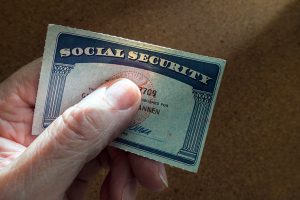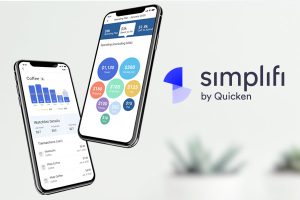Tactics to Curb Impulse Spending
Date: October, 27 2016
If you’ve ever wandered through a shopping mall and found yourself buying something on a whim, you are guilty of impulse spending. There’s little harm in it as long as the impulses are few and far between, and if they won’t drain your finances. Many people are able to curb the habit using tactics intended to make your bank account grow rather than shrink.
Use Cash Instead of a Debit or Credit Card
When you use a bank debit or credit card, spending is effortless. It takes just seconds to swipe your card, making it extremely easy to pop into a store and buy something. You physically part with your money when you use cash, and this may make you think twice.
Figure out a weekly spending budget, and withdraw that amount from the ATM, limiting your spending to that amount. If you have cash left over at the end of the week, put it into your savings. Start the next week with a new budget-conscious withdrawal. This may take some getting used to because you might be very comfortable in your cash-free world — but it does work.
Always Shop with a List
Don’t leave the house without a shopping list, whether it’s for a grocery run or a trip to pick up other necessities. Your errand won’t take as long, especially if you visit the same stores regularly. You’ll know where everything is, and this keeps you from wandering around the store and picking up items on a whim.
Occasionally straying from your list is normal. Going shopping for ingredients for a spaghetti-and-salad dinner and coming back with giant bags of cookies and chips is a classic case of impulse spending. The same goes for other retailers. You might enter with the intention of buying cleaning supplies, but you suddenly find an exotic lamp and an oversize pillow taking up space in your shopping cart if you’ve wandered about.
Never Go Shopping Hungry
Never shop when you’re hungry, even if you’re armed with a list. Walk into a grocery store with a growling tummy and you’re instantly tempted by the fresh baked goods and deli foods placed strategically near the entry. Before you know it, that package of sweet-smelling cinnamon buns and premade lasagna is in your cart.
A 2015 study by the University of Minnesota showed that the tendency to impulse spend when you’re hungry also extends to non-food items. After interviewing shoppers and tallying receipts at department stores, the study found that hunger caused our “hunter-gatherer gene” to kick in and shoppers bought more merchandise.
Keep a Spending Journal
Keeping a record of what you spend helps to reduce spending. You may not realize that you’re impulse buying until you see the evidence. Perhaps you’re at a local boutique one day and you find a scarf you just have to have. You’re window shopping the next day and a pair of shoes catches your eye. When you make note of these purchases, they’re no longer something you can quickly forget about. If you use the Quicken mobile app, the information is linked to a personal management tool on your Mac or PC, allowing you to get a clearer picture of your impulse spending and how it affects your bottom line.
Quicken has made the material on this blog available for informational purposes only. Use of this website constitutes agreement to our Terms of Use and Privacy Policy. Quicken does not offer advisory or brokerage services, does not recommend the purchase or sale of any particular securities or other investments, and does not offer tax advice. For any such advice, please consult a professional.


